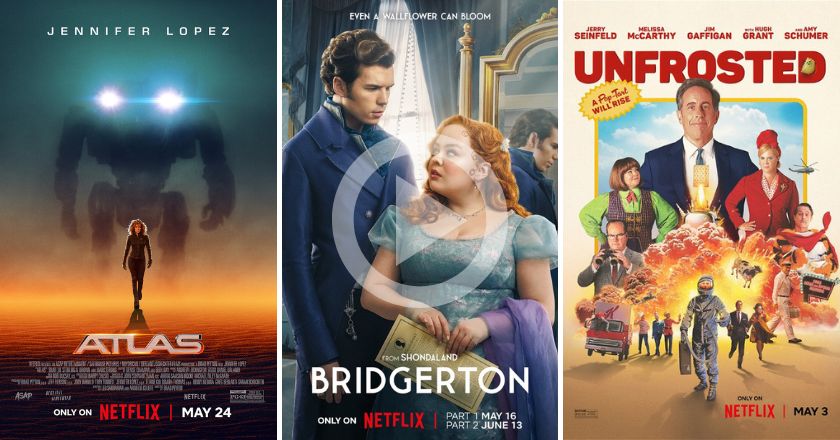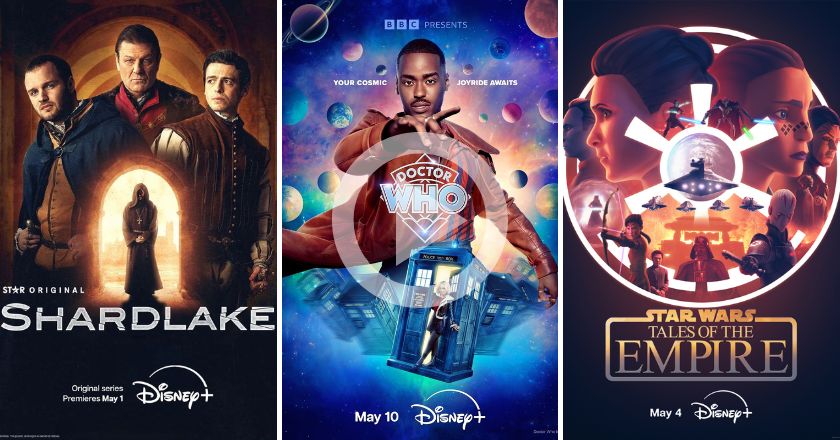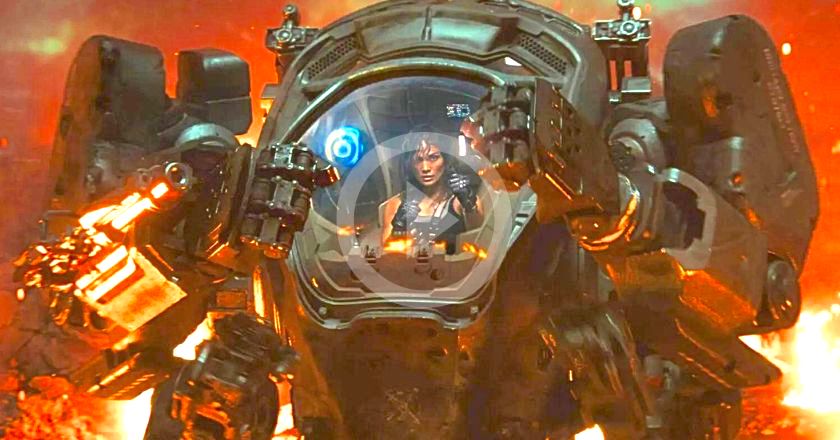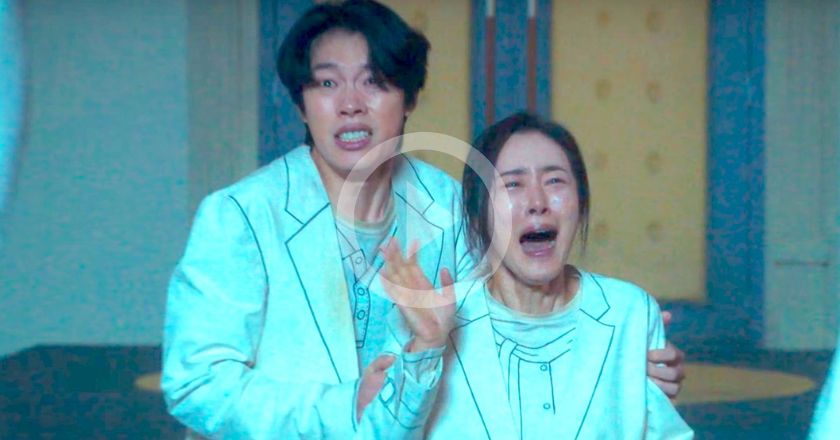
In 2012, Gillian Flynn unleashed her third thriller novel on the world with Gone Girl. Her perverse and polarising exploration of suburban sadism garnered instant worldwide recognition, and within two years a blockbuster film was made.
Come 2015 and we have author Paula Hawkins and her Gone Girl Mark 2: The Girl on the Train. To be clear, the book and new film do stand on their own two feet, but the similarities are unavoidable.
Tate Taylor is at the cinematic helm of this latest domestic disturbance, and is making quite a drastic directorial shift from the likes of his James Brown biopic Get on Up and feel-good Hollywood favourite The Help. Both movies touched on poverty stricken African-American upbringings and overcoming adversity. The Girl on the Train, on the other hand, is very white and very unsettling, and for every other reason.

Visually, The Girl on the Train is more than what it says on the tin. It’s a modern neo-noir, with sequences taking place either at night or in the shadowy and seedy suburbs during the day. The film has relocated its claustrophobic location from London (in the book) to New York, and surprisingly, the new setting works better. The outskirts of New York are bland; a blank canvas for chaos. It could either be seen as foreign and frightening to non-American viewers or dangerously close to home for locals, which works brilliantly in both circumstances and avoids the comfy tourist-y traps that metropolitan London might provide. The Hudson line into Manhattan’s Grand Central Terminal has the same grey-on-grey surrounds that a wet and dreary Britain evokes, but it does put the film further into the Gone Girl comparison firing line.
English rose Emily Blunt puts in an exhausting, Oscar-baiting performance as anti-heroine Rachel, a troubled alcoholic with a penchant for riding trains and stalking her ex-husband and his new family. It’s a strong turn, even if her accent appears to change halfway through. It becomes difficult to get into the nitty-gritty regarding the best bits of the movie without some serious spoilers, but it’s safe to say that not all is as it seems with Rachel. She’s a train-wreck (pun intended!), yes, but the reasons for her domestic derailment (pun intended, again!) aren’t fully explored until a character wakes her up from her gas-lit life shockingly late in the plot.
The victims of Rachel’s harassment are two fractured but intertwined couples who are dragged into the fray kicking and screaming, sometimes literally. The first pair under the microscope: Rachel’s ex, Tom Watson, played by Justin Theroux (a revelation in the second-half), and his mistress-turned-wife Anna (a doe-eyed Rebecca Ferguson). Rachel frequently crank calls the couple, and on one frightening occasion even brakes into their home and rocks their baby in the frosty front yard like some sort of pasty and possessive poltergeist.

The second couple on Rachel’s warped radar: Libidinous lovers Megan (Jennifer Lawrence look-alike Haley Bennett) and Scott Hipwell (Orlando Bloom look-alike Luke Evans). Although Megan has the sex drive of a rabbit, she’s a troubled soul as well, and her stereotyped promiscuous personality softens over time – only slightly – as her history is gradually revealed in tense sessions with her therapist, Dr. Kamal Abdic (Edgar RamÃrez). Her husband Scott is all brawn with a bit of brains, and his sole role in the film basically comes down to shifting his naked bulk around when required.
When Megan suddenly goes missing, the film becomes a scary case of narrowing the suspects down. Many have dubbed the movie a “female fable,” as it lightly treads the same feminist-friendly boards as Gone Girl on-and-off throughout, but again, not all is as it seems. Blunt is fantastically full-on as Rachel, an irritating and unreliable narrator, and the supporting cast is suitably ambiguous in their trust-worthiness. It doesn’t take long before this whodunit becomes a who-hasn’t-dunit?!
The Girl on the Train is a roller-coaster ride from start to finish. The twists and turns are actually few and far between, but when the penny drops, it’s explosive. There’s shock-factor, there’s confusion, there’s abuse, there’s absurdity, and there’s no time for boredom. Tate Taylor has crafted a film in the same vein as a handful of movies before it, but with an intimate, excellent cast and a successful original book to boot, he has made a very memorable one.









